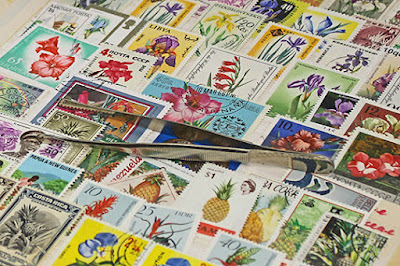Photography Composition Techniques For Beginners Photography is an art that transcends mere documentation; it is a means of storytelling, a way to evoke emotion, and a platform for creative expression. At the heart of compelling photography lies composition the arrangement of elements within a frame that guides the viewer’s eye and creates balance, harmony, and impact. What is the 7 composition in photography are 14 rules of 9 elements Photography techniques for beginners pdf PDF Photo examples Types 12 10 Composition 5. Understanding and mastering composition techniques is essential for beginners who wish to elevate their photography from ordinary snapshots to visually captivating images.
One of the foundational principles in composition is the rule of thirds. This guideline suggests dividing the frame into a grid of nine equal sections by two horizontal and two vertical lines. Placing key subjects along these lines or at their intersections creates a natural balance that is pleasing to the eye. This method avoids a static, centered composition and instead introduces a sense of dynamism. While it is not a rigid rule, using the rule of thirds as a starting point helps in achieving aesthetically pleasing photographs.
Another crucial aspect of composition is leading lines. Lines that draw the viewer’s eye into the image create depth and a sense of movement. Roads, rivers, fences, and even shadows can act as leading lines that guide attention toward the subject or deeper into the frame. This technique enhances storytelling by directing focus where it matters most.
Framing is another effective composition tool. Using elements within the scene to create a natural frame around the subject adds depth and context. Archways, windows, tree branches, or even blurred foreground objects can serve as frames that emphasize the subject and add visual interest. This technique not only draws attention to the focal point but also provides a sense of immersion, making the viewer feel as if they are peering into the scene.
Negative space, or the area around and between the subject, plays a crucial role in composition. Giving the subject room to breathe by incorporating empty space can create a minimalist and impactful image. It allows for a sense of solitude, tranquility, or focus, ensuring that the viewer’s eye is not overwhelmed by excessive details. Negative space is particularly effective in portraiture and minimalist photography, where simplicity enhances the subject’s presence.
Balance and symmetry are additional elements that contribute to strong composition. Symmetrical compositions, where elements are mirrored across a central axis, can be visually striking and create a sense of order and stability. However, asymmetrical balance where different elements within the frame counterbalance each other can be equally effective in adding visual tension and intrigue. Understanding when to use symmetry versus asymmetry allows photographers to craft images that resonate with their intended mood and message.
Foreground interest and depth are important for creating a three-dimensional feel in two-dimensional photography. Including an interesting element in the foreground while maintaining a strong subject in the background enhances depth and perspective. This technique works exceptionally well in landscape photography, where foreground elements such as rocks, flowers, or reflections lead the eye into the scene. Photography Composition Techniques For Beginners
Color and contrast also play a significant role in composition. Complementary colors, such as blue and orange or red and green, create vibrancy and make images stand out. High contrast between light and dark areas can add drama and emphasis to key elements. Mastering color harmony and contrast ensures that compositions are visually engaging and evoke the desired emotions.
Another subtle yet powerful compositional technique is the use of diagonals and triangles. Diagonal lines create a sense of movement and energy, while triangular compositions establish stability and connection between elements. Understanding how to position subjects and lines within the frame to form dynamic shapes enhances visual storytelling.
Perspective and viewpoint also influence the strength of a composition. Changing the angle from which a photograph is taken whether shooting from a low angle, high angle, or even through reflections—can dramatically alter the way a subject is perceived. Experimenting with different perspectives adds uniqueness and depth to images, making them more engaging.
Lastly, simplicity is a key aspect of effective composition. Avoiding clutter and unnecessary distractions ensures that the main subject remains the focal point. A clean, uncluttered background helps in emphasizing the story being told through the photograph. Simplicity does not mean dullness; rather, it ensures clarity and impact.
Mastering composition techniques takes time and practice, but understanding these principles provides a solid foundation for beginners. By consciously applying techniques such as the rule of thirds, leading lines, framing, negative space, balance, depth, color harmony, diagonals, and simplicity, photographers can transform ordinary scenes into visually compelling images. Photography Composition Techniques For Beginners
As with any art form, the key to excellence lies in experimentation, creativity, and an ever-evolving understanding of visual storytelling. Photography is not just about capturing what is seen it is about interpreting and presenting the world in a way that resonates with the viewer.





























